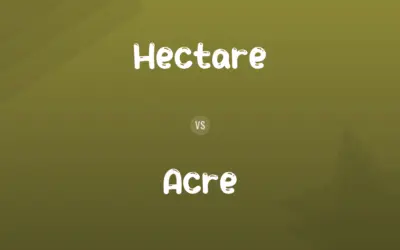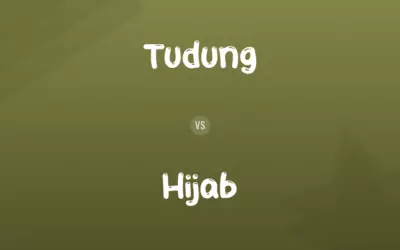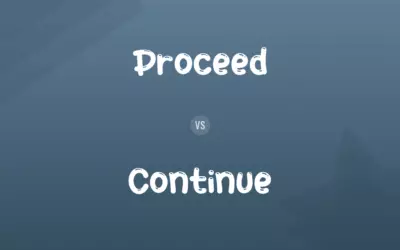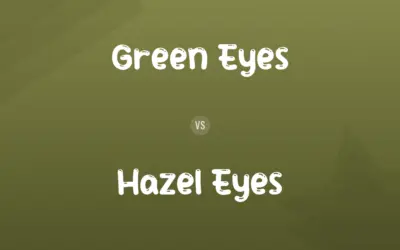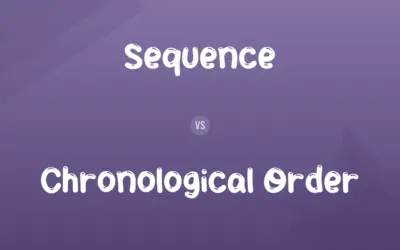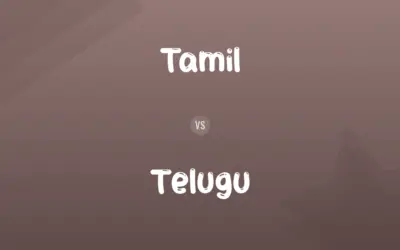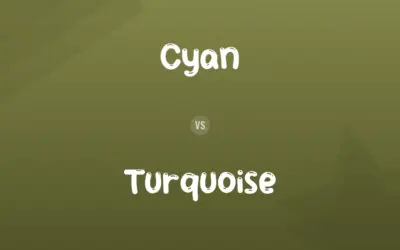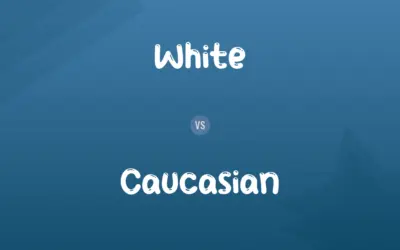Mammoth vs. Mastodon: Difference and Comparison
Edited by Muazma Batool — By Muneeza Rehman — Published on November 13, 2023
Mammoth refers to a large extinct elephant with long hair and tusks, while mastodon is another extinct elephant-like species with shorter, straighter tusks and more primitive teeth.
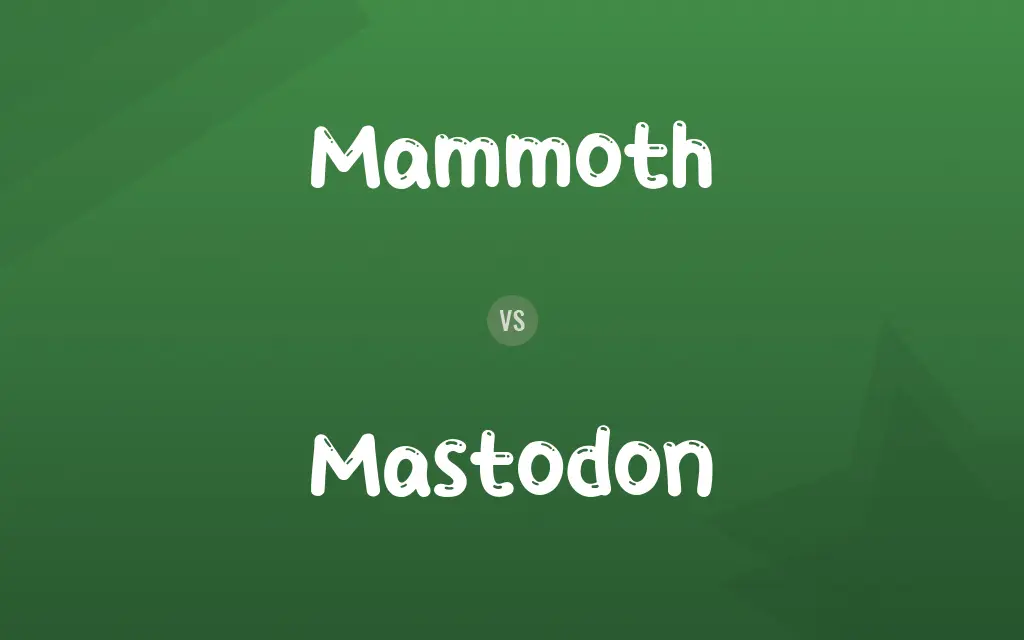
Difference Between Mammoth and Mastodon
Mammoths and mastodons are both prehistoric, elephant-like creatures that once roamed the Earth. However, the mammoth, known for its iconic long, curved tusks and shaggy hair, inhabited various parts of the world during the Pleistocene epoch. The mastodon, while also having tusks, were straighter and not as long as the mammoth's.
Muneeza Rehman
Nov 13, 2023
The physical characteristics of mammoths and mastodons show distinct differences. While both species had large bodies, mammoths had a more advanced and specialized set of grinding molars compared to the mastodon. Mastodons, on the other hand, possessed bunodont teeth, characterized by elevated cusps, suitable for breaking down forest vegetation. Their diet was primarily composed of branches, leaves, and shrubs.
Muazma Batool
Nov 13, 2023
Mammoths, primarily grazers, had a diet that focused on grasses, which influenced the structure of their teeth. Their flat molars, perfect for grinding, were adapted to this grass-based diet. Mastodons, being browsers, roamed woodlands and consumed a more varied diet which required a different dental structure.
Muneeza Rehman
Nov 13, 2023
The habitats of mammoths and mastodons also differed. Mammoths were versatile, inhabiting various ecosystems from tundras to grasslands. Mastodons primarily resided in swamps, marshes, and forests of North and Central America. While both species met their end primarily due to climate change and human activities, the mammoth's extinction is more commonly associated with human hunting.
Muneeza Rehman
Nov 13, 2023
Mammoth vs. Mastodon Comparison Chart
Mammoth vs. Mastodon Definitions
◉Mammoth
A large extinct elephant with long hair and curved tusks.
The frozen remains of a woolly mammoth were discovered in Siberia.
Muneeza Rehman
Sep 26, 2023
◉Mastodon
Large, herbivorous prehistoric creature from Miocene to Pleistocene epochs.
The mastodon's remains indicate it was a woodland dweller.
Leo
Sep 26, 2023
◉Mammoth
Of immense size, magnitude, or volume.
The construction project was a mammoth undertaking.
Leo
Sep 26, 2023
◉Mastodon
Characterized by bunodont teeth suitable for forest vegetation.
The mastodon's teeth were different from those of the mammoth.
Kaitlyn
Sep 26, 2023
◉Mammoth
Belonging to the genus Mammuthus.
The woolly mammoth is the most famous of its genus.
Muneeza Rehman
Sep 26, 2023
◉Mastodon
Residing primarily in North and Central American regions.
The mastodon was native to the swamps of ancient America.
Elijah
Sep 26, 2023
◉Mastodon
An extinct elephant-like mammal with straighter tusks.
Mastodon fossils were found near the riverbed.
William
Sep 26, 2023
◉Mammoth
Any of various extinct elephants of the genus Mammuthus of the Pliocene, Pleistocene, and Holocene Epochs, having ridged molars and often, as in the woolly mammoth, long tusks and hair.
Muneeza Rehman
Sep 26, 2023
◉Mastodon
A member of the extinct genus Mammut.
The American mastodon belonged to this specific genus.
Elijah
Sep 26, 2023
◉Mastodon
Any of several very large, extinct proboscidian mammals of the family Mammutidae of the Miocene, Pliocene, and Pleistocene Epochs, resembling elephants but having molar teeth of a different structure.
Muneeza Rehman
Sep 26, 2023
◉Mastodon
Extinct elephant-like mammal of the genus †Mammut that flourished worldwide from Miocene through Pleistocene times; differs from elephants and mammoths in the form of the molar teeth.
Muneeza Rehman
Sep 26, 2023
◉Mammoth
Any species of the extinct genus Mammuthus, of large, usually hairy, elephant-like mammals with long curved tusks and an inclined back, which became extinct with the last retreat of ice age glaciers during the late Pleistocene period, and are known from fossils, frozen carcasses, and Paleolithic cave paintings found in North America and Eurasia.
Muneeza Rehman
Sep 26, 2023
◉Mastodon
An extinct genus of mammals closely allied to the elephant, but having less complex molar teeth, and often a pair of lower, as well as upper, tusks, which are incisor teeth. The species were mostly larger than elephants, and their remains occur in nearly all parts of the world in deposits ranging from Miocene to late Quaternary time.
Muneeza Rehman
Sep 26, 2023
◉Mastodon
extinct elephant-like mammal that flourished worldwide from Miocene through Pleistocene times; differ from mammoths in the form of the molar teeth
Muneeza Rehman
Sep 26, 2023
◉Mammoth
An extinct, hairy, maned elephant (Mammuthus primigenius formerly Elephas primigenius), of enormous size, remains of which are found in the northern parts of both continents. The last of the race, in Europe, were coeval with prehistoric man.
Muneeza Rehman
Sep 26, 2023
◉Mammoth
Resembling the mammoth in size; very large; gigantic; as, a mammoth ox.
Muneeza Rehman
Sep 26, 2023
◉Mammoth
any of numerous extinct elephants widely distributed in the Pleistocene; extremely large with hairy coats and long upcurved tusks
Muneeza Rehman
Sep 26, 2023
◉Mammoth
so exceedingly large or extensive as to suggest a giant or mammoth;
a gigantic redwood
gigantic disappointment
a mammoth ship
a mammoth multinational corporation
Muneeza Rehman
Sep 26, 2023
◉Mammoth
An elephant-like mammal from the Pleistocene epoch.
The mammoth roamed alongside early humans.
Muneeza Rehman
Sep 26, 2023
Mammoth vs. Mastodon Frequently Asked Questions
What primarily led to their extinction?
Climate change and human activities played significant roles.
Levi
Nov 13, 2023
Were mammoths woolly?
Not all of them, but the woolly mammoth is the most famous species with thick fur.
Leo
Nov 13, 2023
Did mastodons have hair like mammoths?
Mastodons had hair, but it was not as long or thick as the woolly mammoth's.
Leo
Nov 13, 2023
Where were mammoth remains commonly found?
In regions like Siberia, due to the icy conditions preserving them.
Muneeza Rehman
Nov 13, 2023
Did mammoths and mastodons coexist?
Yes, they lived during overlapping times but had different habitats.
Muneeza Rehman
Nov 13, 2023
Were mastodons and mammoths ancestors of modern elephants?
Both were relatives of today's elephants, but they were distinct species.
Muneeza Rehman
Nov 13, 2023
Were mastodons bigger than mammoths?
Both were large, but mammoths were generally larger and taller.
Elijah
Nov 13, 2023
Which species had more advanced grinding molars?
Mammoths had more advanced grinding molars.
Jonathan
Nov 13, 2023
Content Creators
Written by
Muneeza RehmanAt Comparisons.wiki, Muneeza skillfully navigates the vast sea of information, ensuring clarity and accuracy as the lead content editor. With a keen eye for detail, she curates every comparison to enlighten and engage readers.
Edited by
Muazma BatoolAs a content editor, Muazma Batool is not just a grammar guru but a creative mastermind who breathes life into every word. With an eagle eye for detail and a passion for storytelling, she transforms bland text into engaging content that captivates audiences and drives results.



